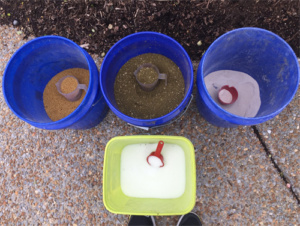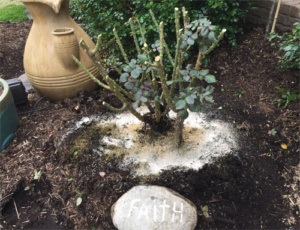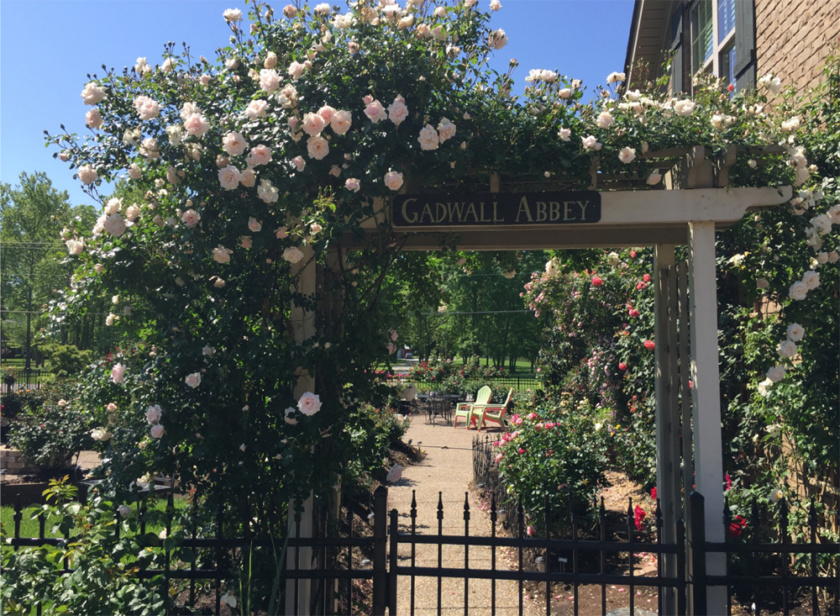by Ron Daniels, Nashville Rose Society
Growing Zone 7
Like all other flowering plants, roses need food in order to grow and bloom successfully. Roses however are heavy feeders. They have greater nutritional needs than many plants. They only get small quantities from existing soil therefore extra fertilizing is essential if you want your roses to perform at their best. For best results, fertilize at the right time, in the right amounts and with the right formulations, which I refer to as “the three R’s”!
Fertilizers contain three elements that are basic for good plant growth. If you have all three elements, your fertilizer of choice is said to be complete.
- Nitrogen to promote stem and leaf growth
- Phosphorus to encourage root growth and flower production
- Potassium helps regulate the metabolism of the plant which makes for hardy, strong flower color and disease resistance.
So what kind of fertilizer do you need for your roses?
There are two kinds of fertilizer; organic (being or coming from plants or animals) and inorganic. Examples of organic fertilizers are bonemeal and alfalfa meal. Inorganic fertilizers are synthetic or man-made granular, both which are of value to roses. I like to use a combination of organic and inorganic. In zone #7 I fertilize the end of March or the first of April.

Below is how I do it:
- 1 cup of Bloomkote w/minerals (Inorganic) per plant (1/2 cup for miniatures)
- 2-3 cups of Mills Mix (Organic) per plant (1/2 for miniatures)
- 4 Tsp of epsom salt per large bushes. (1/2 for miniatures)
In June after first bloom cycle, repeat the above process except use only 1/2 cup of Bloomkote.
NOTE: Do not fertilize after end of August in zone #7 which is approximately 6 weeks before first frost.

pH Levels
Before you fertilize check PH levels. If pH is out of balance the fertilizer cannot get into the plant. The optimal range is 6.2 to 6.7, with 6.5 being perfect for your roses. If pH is low use lime to bring it up. If it’s too high use sulfur to bring it down. Purchase a good PH meter. Personally, I use one which is made by Kelway Instruments for around $70.
In conclusion feed your roses and they will reward you with beautiful, thriving blooms and healthy plants.

